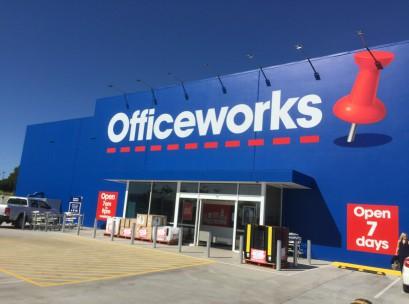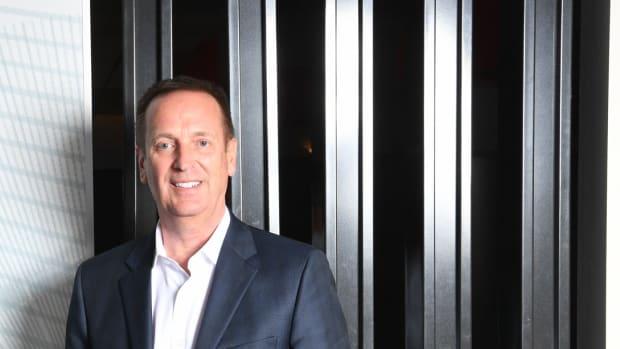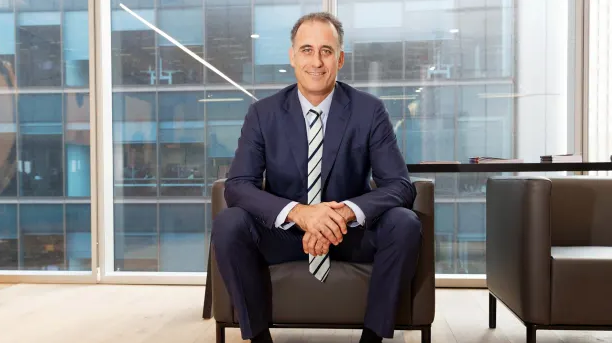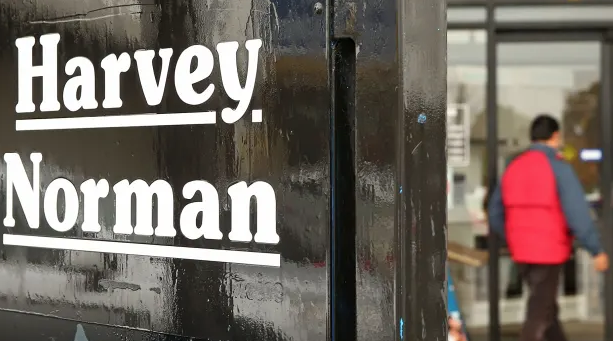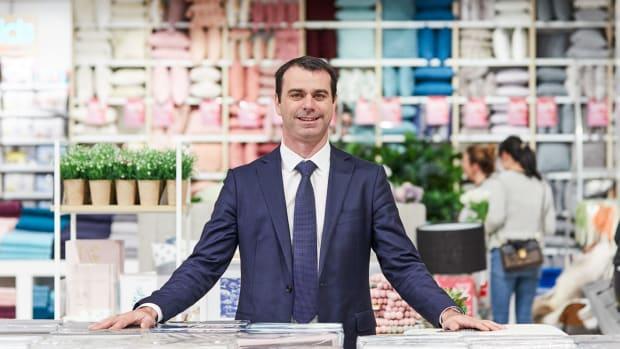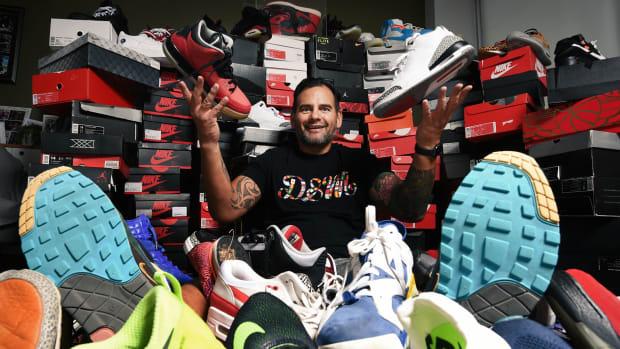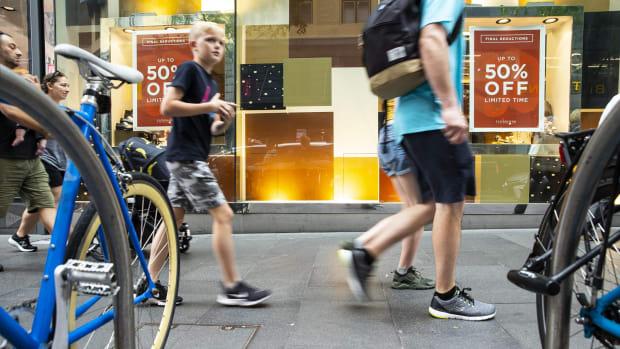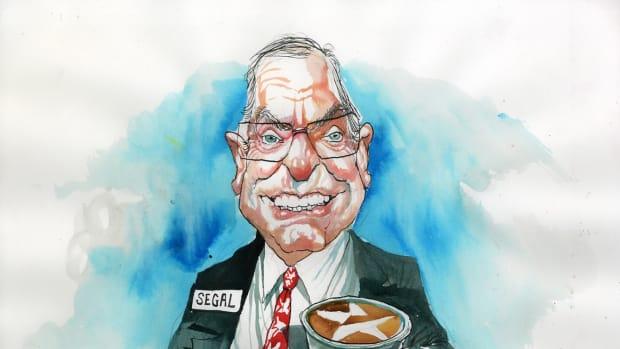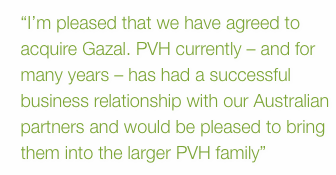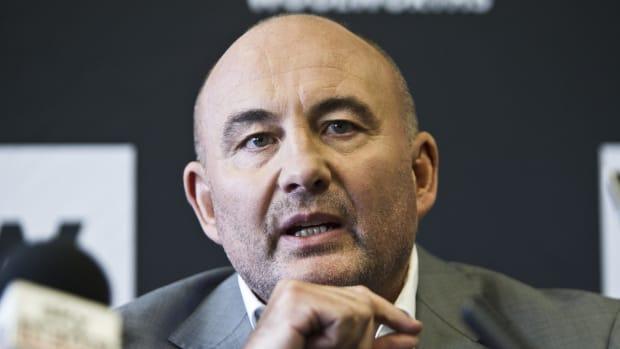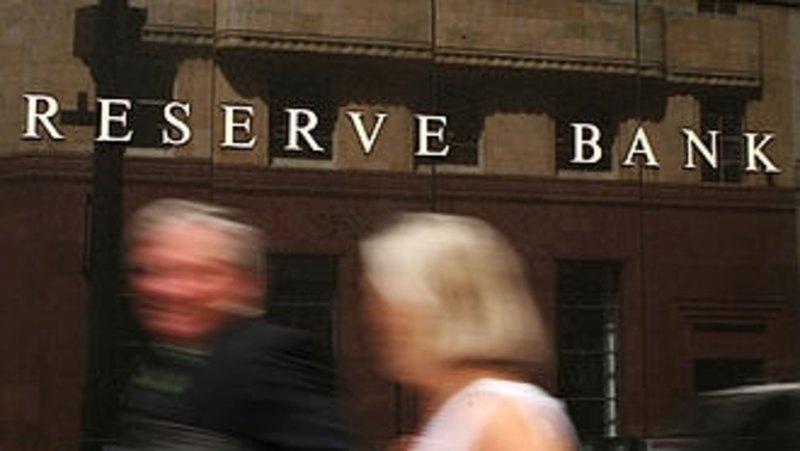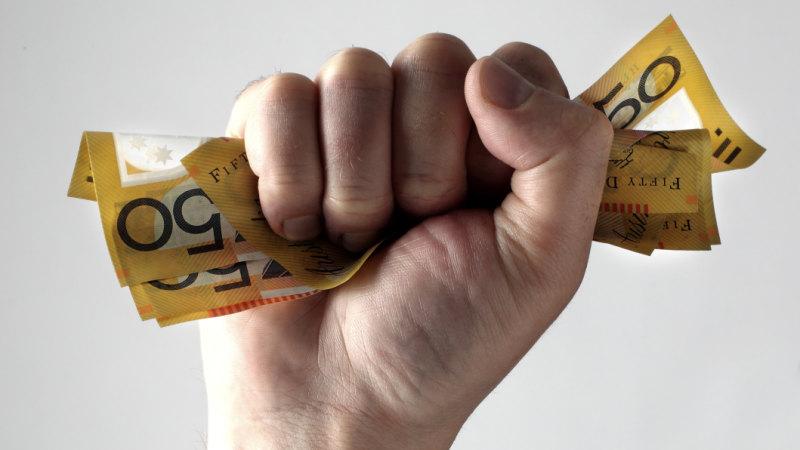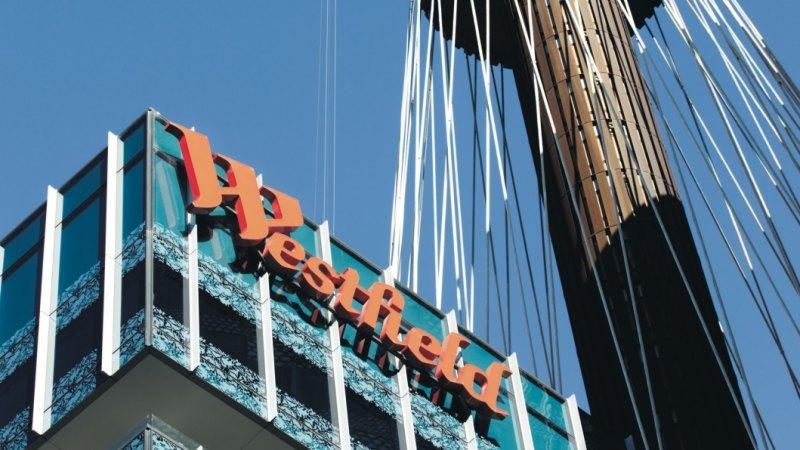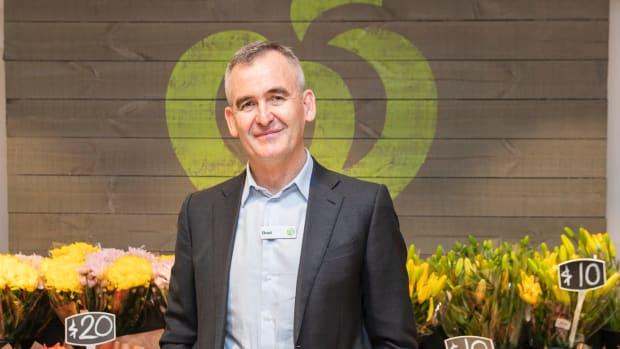NEW YORK, United States— For decades, Vans has had what every shoe brand now desperately wants: frequent, unpaid appearances on the feet of actors, musicians, even chefs.
The 53-year-old sneaker brand got its big break when Sean Penn happened to wear Vans checkerboard slip-ons in the 1982 film “Fast Times at Ridgemont High.” Hip-hop group The Pack's viral 2009 hit “Vans” irrevocably etched its title refrain into the consciousness of listeners: "Got my Vans on, but they look like sneakers." Young and stylish NBA players Nick Young and Jordan Clarkson are frequently photographed wearing the shoes.
Turning that cultural cache into consistent profits took more deliberate engineering. The brand was acquired at a low point in 2004 by VF Corp., a Greensboro, N.C.-based conglomerate that owns more than 20 apparel brands, including Wrangler, Timberland and The North Face. With about $3 billion in revenue last year, Vans is the largest brand at the sixth-biggest US apparel company, according to Euromonitor.
Now, Vans is at the centre of plans at VF Corp. — founded in 1899 as a glove maker — to adapt to a retail landscape that has not treated other century-old apparel makers kindly. The company's fate, even as recently as a couple years ago, was linked to the fading fortunes of department stores it relied on to drive sales of brands like Nautica and 7 For All Mankind. Instead, VF Corp sold those brands, and is spinning off wholesale-dependent jeans labels Wrangler and Lee as a separate company. It’s also plowing investment into direct-to-consumer sales.
“When I ... laid out our new strategy, it began with a mea culpa,” said Steve Rendle, who was named VF Corp’s chief executive at the start of 2017 and quickly began implementing a turnaround strategy. “We were still in many ways a wholesale manufacturer of branded products in specific categories, but we had not really begun to evolve the rate the marketplace was evolving.”
The strategy in a nutshell: avoid the middle — fading department stores and anonymous brands undercut by cheap fast fashion — at all costs. That means leveraging Vans’ and North Face’s fashion moments and acquiring brands that resonate with consumers in other, more specialised categories.
The important thing for us is that everything ebbs and flows … It’s more complicated than just saying, ‘Today, it’s Old Skools and tomorrow is Slip-Ons.’
Out went Nautica, Ella Moss, Splendid and 7 For All Mankind — brands disproportionately dependent on department stores like J.C. Penney and Macy’s. The company acquired outdoor apparel brand Icebreaker, athletic wear brand Altra and the parent brand of Dickies, a workwear company. The denim spinoff is expected to be completed later this year.
VF Corp. isn’t planning to sell any other labels, though more acquisitions are likely, with an emphasis on “lifestyle” brands in fast-growing categories, chief financial officer Scott Roe said.
The company expects revenue to grow 12 percent in the year ending in March, to $13.8 billion. VF shares are up to about 65 per cent since the start of 2017.
“I think they’re doing the right things,” said Macquarie analyst Laurent Vasilescu. “They’ve really worked on honing in on the key brands ... Overall retail has been challenged, but if you look at [VF’s] main brands, their exposure to the mass market will be very small.”
To be sure, wholesale still accounts for about 65 percent of revenue, with a goal of reducing that to about 60 percent in the near future, Roe said, as VF Corp.’s relationship with wholesalers continues to change.
Chains like J.C. Penney compete on price and attract consumers through promotions, which hurts apparel sellers’ margins and damages their brands. Some retailers are more ideal in today's landscape. VF Corp. points to Zalando, a Berlin-based e-commerce company, as a new, collaborative wholesale model focused on building brand recognition together. Zalando has worked with VF Corp. brand stores to enable same-day delivery, for instance.
VF also has an advantage as a portfolio company rather than relying on a single brand. Vans and North Face, which is also seeing rapid growth and reached about $2.5 billion in sales last year, will likely determine the company’s fate in the near-term, however.
The company invests in its own digital platforms, including making better use of customer data. For instance, Vans’ new loyalty program, Vans Family, engages with super-fans by incentivising repeat purchases and feedback via surveys and polls.
“Management really understands who their core customer is, so they’ve been trying to be true to that aesthetic,” said Bernstein analyst Jamie Merriman.
The philosophy of diversification applies within Vans and its five classic models as well. In 2018, the Vans Old Skool was the best-selling model — accounting for about 25 percent of sales, Roe said. But in its most recent quarter, the Slip-On took over the top spot. Vans’ recently introduced apparel category is also posting faster growth than the overall brand.
Under our ownership ... Vans is not only a cool brand but a profitable one.
“The important thing for us is that everything ebbs and flows,” Roe said. “It’s like how Disney has released and then re-released movies. We’re emphasising certain things and then something else comes back on a cycle … It’s more complicated than just saying, ‘Today, it’s Old Skools and tomorrow is Slip-Ons.’”
The company hopes that Vans will reach $5 billion in sales by 2023 — and it's on track, having grown 25 per cent in its most recent quarter, and expanded at an average 15 percent annually over the last 15 years.
Vans is in the same ballpark as Nike and Adidas in terms of its fan base, despite being a fraction of the size of either rival. According to Tribe Dynamics, it’s the only brand out of the three to indicate growth in potency among influencers on social media, posting a 5 percent increase in earned media value in the last quarter of 2018. And among American teens, research firm Piper Jaffray found that Vans ranked as their second-favourite footwear brand after Nike last fall.
The brand has achieved this with relatively few high-profile endorsements. Under its ambassador program, spearheaded by vice president of events and promotions Steve Van Doren, son of Vans founder Paul Van Doren, Vans sponsors a number of professional skateboarders and surfers. But the vast majority of famous fans, from Justin Bieber to models like Stella Maxwell and NBA players like Young and Clarkson, are not paid. Clarkson told GQ last May that he owns 80 pairs of Vans.
Even collaborations are typically initiated by the other party, according to Vans global brand president Doug Palladini.
“When we got our collaboration with Opening Ceremony, it was because [founders] Humberto [Leon] and Carol [Lim] loved Vans and grew up with them in California. It’s not like we went in there with some big pitch about how we should be the next high fashion brand and sit next to Proenza Schouler,” he said.
Vans sponsors live events, with its growing network of House of Vans, for instance, venues that combine indoor skate space with free musical performances in Brooklyn, London, Chicago and elsewhere. For 24 years, Vans has also sponsored the Warped Tour, of which it owns a 75 percent stake, but the pop-punk festival will retire after its final run this year.
From VF’s perspective, it’s literal DNA (Steve’s sister, Cheryl Van Doren, also works for Vans) that has allowed the brand to maintain its authenticity.
“At the front end, the DNA is owned by [the family]. They’re in Southern California, and that’s the only place Vans should ever be,” Roe said. “But behind it, VF has infiltrated the organisation with financial discipline, with supply chain discipline and capital resources with a global footprint and know-how, which has enabled that brand to access parts of the market that they couldn’t have otherwise.”
“Under our ownership,” he added, “What’s changed is that Vans is not only a cool brand but a profitable one.”
